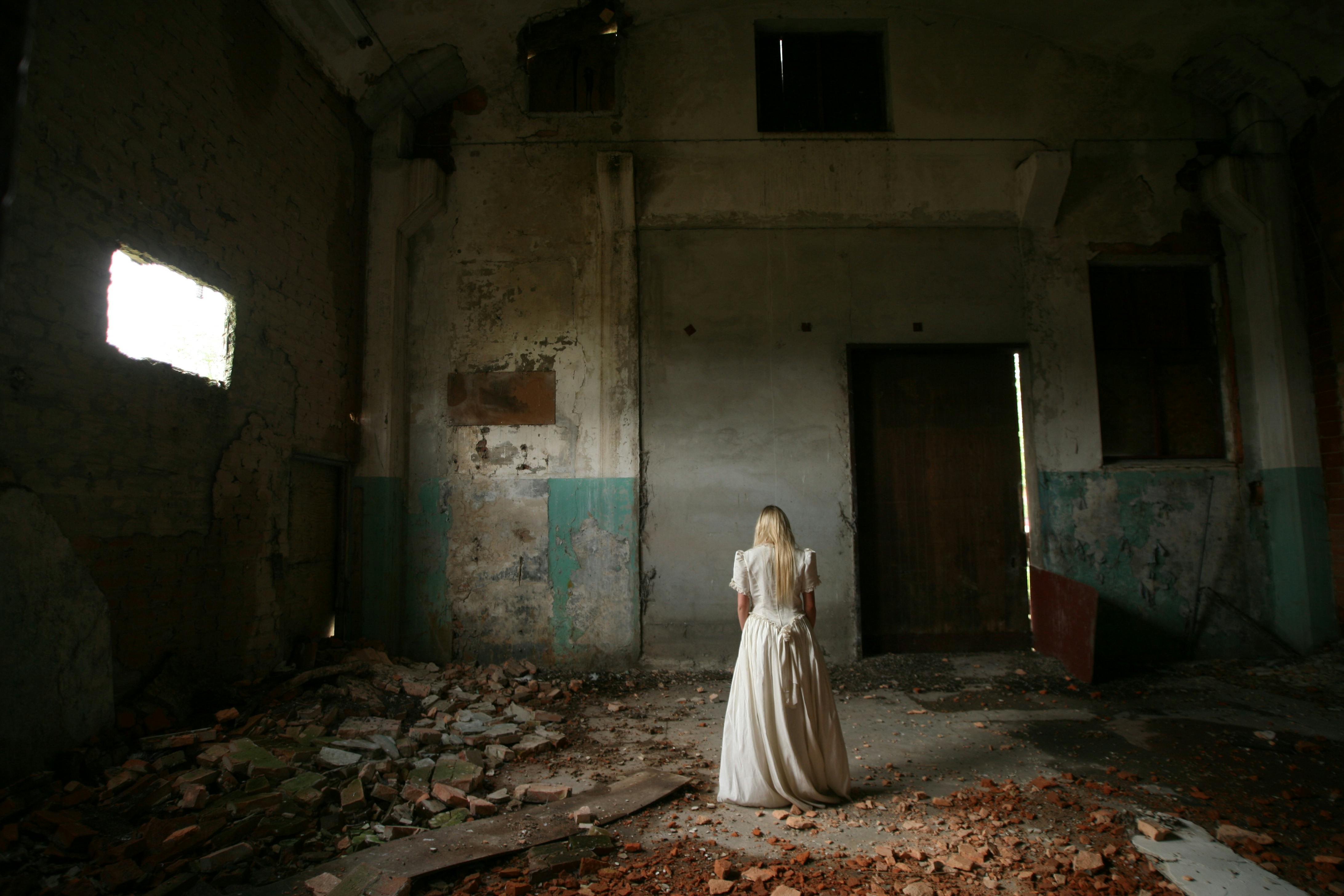Owners know when they are cold and they know where the cold is. They may not know how to run a pilot light, or air-seal an attic floor, or balance a home’s heating system, but they know when they’re cold. Bedrooms are often the coldest room in the house and most of the time people just live with it. Put the child in the cool bedroom, throw a couple of extra blankets on the bed and tell him to finish his homework.
Dealing with a cool bedroom is frustrating. If you turn up the temperature to heat the room, the rest of the house gets too hot. It closes all the heating registers except the bedroom and puts too much back pressure on the furnace. Too often I see a household try to adjust the temperature in one room by closing heating registers in other rooms and soon they have half the registers in the house closed and the home heating system working overtime to meet the request for heat. heating on the thermostat.
Typically, the home’s heating system is designed by a professional heating contractor who attended HVAC school for several hours a week for several years. A heating contractor must pass an apprenticeship program before he or she can take the journeyman license exam.
HVAC education
During the educational phase of the heating and cooling training, they are taught how to calculate a home’s heating load. They take the heating load and develop a designed heating system including furnace size, fan capacity, duct size, air flows, and register size. In other words, heating systems are designed to heat all rooms evenly and to work as one system with all registers open.
If you have a bedroom that is cooler than the rest of the house, one of two things has happened:
- The heating system was designed by a contractor that barely passed the test, or
- the heating system is broken.
A homeowner recently complained that there was very little air coming out of the heating register in his dining room. The dining room was cooler than other parts of the house. Using a flow hood, I recorded a 75% decrease in airflow on the register compared to the register in the living room. I removed the inspection grill, took a flashlight and a mirror and looked inside the heating duct.
Using the mirror to look around the starting elbow, I could see that a flow damper valve was installed in the heating duct. A subsequent inspection showed that all of the heating ducts in the house had a flow damper installed near the registers. The dining room hatch was the only one that was mostly closed. The owner was unaware that dampers were part of the homes heating system.
Heating Duct Damper
Flow dampers are a bit unusual in my neck of the woods, I don’t see them very often. Flow dampers are added to a heating system to allow manual adjustment of airflow to registers. With dampers, the flow of conditioned air can be balanced so that hot and cold areas of the house can be eliminated. To avoid increasing pressure on the heater’s blower motor, when one damper closes, another damper must open.
Sometimes I think a heating contractor might throw in a bunch of dampers when he loses his pencil and can’t be sure how big the heating ducts need to be or how many registers need to be in a room.
6 ways to increase the heat in a cold bedroom.
Repair of heating ducts:
There is always the possibility that the ductwork system has a problem that can be fixed. Conduits can be partially or totally disconnected and flexible conduits can be crushed or collapsed. This is the first and most important solution considering the cold bedroom. This solution will not only heat the bedroom, but also increase energy efficiency and energy savings.
The first step is inspection of the conduit from the chamber to the register to ensure it is properly connected. Also, look for holes, folds, or collapsed areas. Animal damaged heating ducts is also a possibility you should be looking for.
Disconnected heating ducts can be reconnected, but damaged heating ducts usually need to be replaced as they are difficult to repair.
Check for a damper:
The crafty heating contractor may have put a damper in the heating duct and kept it a secret. Look and feel inside the duct by removing the manhole cover. Also, remove insulation from the outside of the duct, especially near the register, and check for telltale signs of a damper. A metal bar with a small handle and some anchor bolts indicate a shock absorber inside. Open the hatch and your walk-in troubles just might be over.
Balance room pressure with crossover ducting:
Now we have to talk about room pressure and balloons. Open the door to the room an inch, turn on the oven and see if pressure builds up in the room and closes the door.
The heating system is an air circle. Air is heated in the furnace, pushed through the furnace ducts into a room, and then drawn out of the room by the same furnace, back through the return air duct to the furnace. If room air cannot return to the furnace, the room builds up air pressure, like a balloon, restricting the flow of conditioned air into the room in the first place.
With a pressure increase in the bedroom, the conditioned air is forced through a different duct into an adjoining room.
To address the potential problem, many homes have cross ducts installed in the ceiling or over the door that allow air from the room to return to the hallway even when the door is closed. In some larger, higher-priced homes, they may have eliminated the room pressure problem by installing a return air register in each room.
To balance the pressure in the room and stop this problem, the two most commonly used repairs are to install a cross duct through the wall above the door or simply cut out the bottom of the door so there is a wider gap between the door and the door. the carpet.
Increase the size of the duct:
Maybe the heating contractor ran out of 8-inch ductwork, so he decided 6-inch was close enough. There is a real possibility that the back bedroom is cool because the heating duct system was not designed correctly. When this happens, the best solution is to correct the error and replace the duct with a larger one. If the house is fairly new and the contractor is still around, you can do this as a freebee.
In this way, the cold room will receive a greater part of the air coming from the oven. This repair can still be a do-it-yourselfer if you are up for it. Heating duct material, both fluted and flexible, can be purchased at your favorite home goods store. Some zip ties, some sheet metal screws, a sharp knife, and a pair of tin snips should do the trick.
If the size of the heating duct is simply too small to service the room, other than replacing the duct with a larger one, the only other solution that might work is to install a booster fan in the duct or add a complete second duct. and registration.
duct fan
Place a baffle in the heating chamber:
This setting can be very effective, especially in a manufactured home. A section of the main heating duct (the plenum) must be cut open to allow for a metal baffle or shield to be placed in the main duct line which will direct more air into the heating duct leading to the walk-in cooler. This is a very effective way of capturing more of the conditioned air coming through the main heating duct and directing it in the direction you want it to go. This is an inexpensive and permanent solution that works very well.
Install a booster fan in the duct:
This $30 part will not generate more heat, but it will draw more heat into the cold room. The booster fan should be installed as close to the affected room as possible and can be connected directly to the heater fan so that the booster fan runs every time the heater is turned on. Installing it can be a pain. A section of round metal duct must be lowered or added to the system. Make sure the ductwork is air-sealed or this additional fan will draw unconditioned air into the system and reduce its energy efficiency.
I know dealing with a cold spot in your home can be a frustrating ordeal. I hope I have provided some solutions to the problem that will work for you and your home. Your home heating system was designed to give you the comfort you expect and deserve, and with a little care, it will provide years of energy-efficient service.
Thanks for stopping by Detect Energy, I hope to see you again soon, but I won’t leave the light on for you… Don Ames




